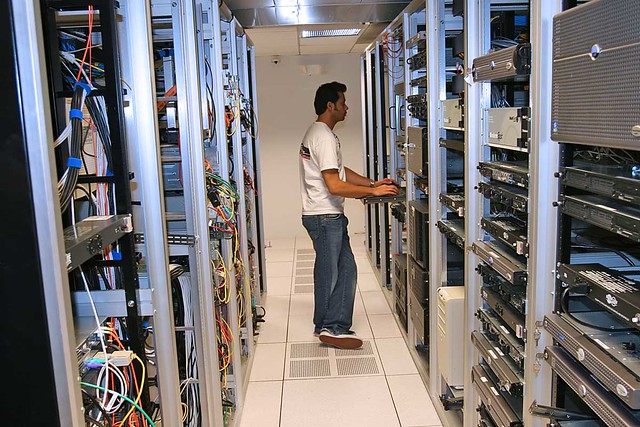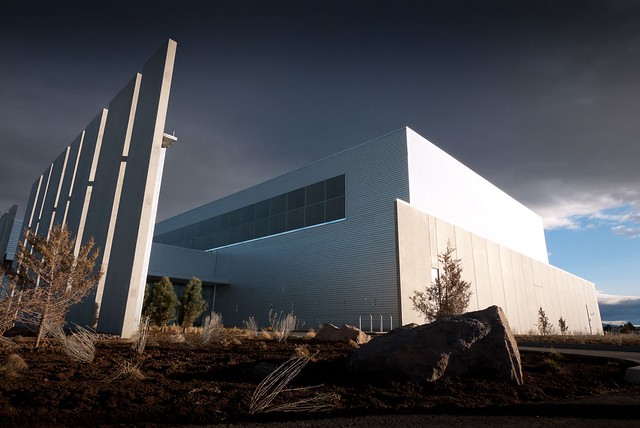
Sentilla are a client company of ours. They have asked me to start a discussion here around what are the day-to-day issues data center practitioners are coming up against.
This is a very hands-off project from their point of view.
The way I see it happening is that I’ll interview some DC practitioners either via Skype video, or over the phone, we’ll have a chat about DC stuff (war stories, day-to-day issues, that kind of thing), I’ll record the conversations and publish them here along with transcriptions. They’ll be short discussions – simply because people rarely listen to/watch rich media longer than 10 minutes.
There will be no ads for Sentilla during the discussions, and no mention of them by me – apart from an intro and outro simply saying the recording was sponsored by Sentilla. Interviewees are free to mention any solution providers and there are no restrictions whatsoever on what we talk about.
If you are a data center practitioner and you’d like to be part of this blog series, or simply want to know more, feel free to leave a comment here, or drop me an email to [email protected]
You should follow me on Twitter here
Photo credit clayirving



